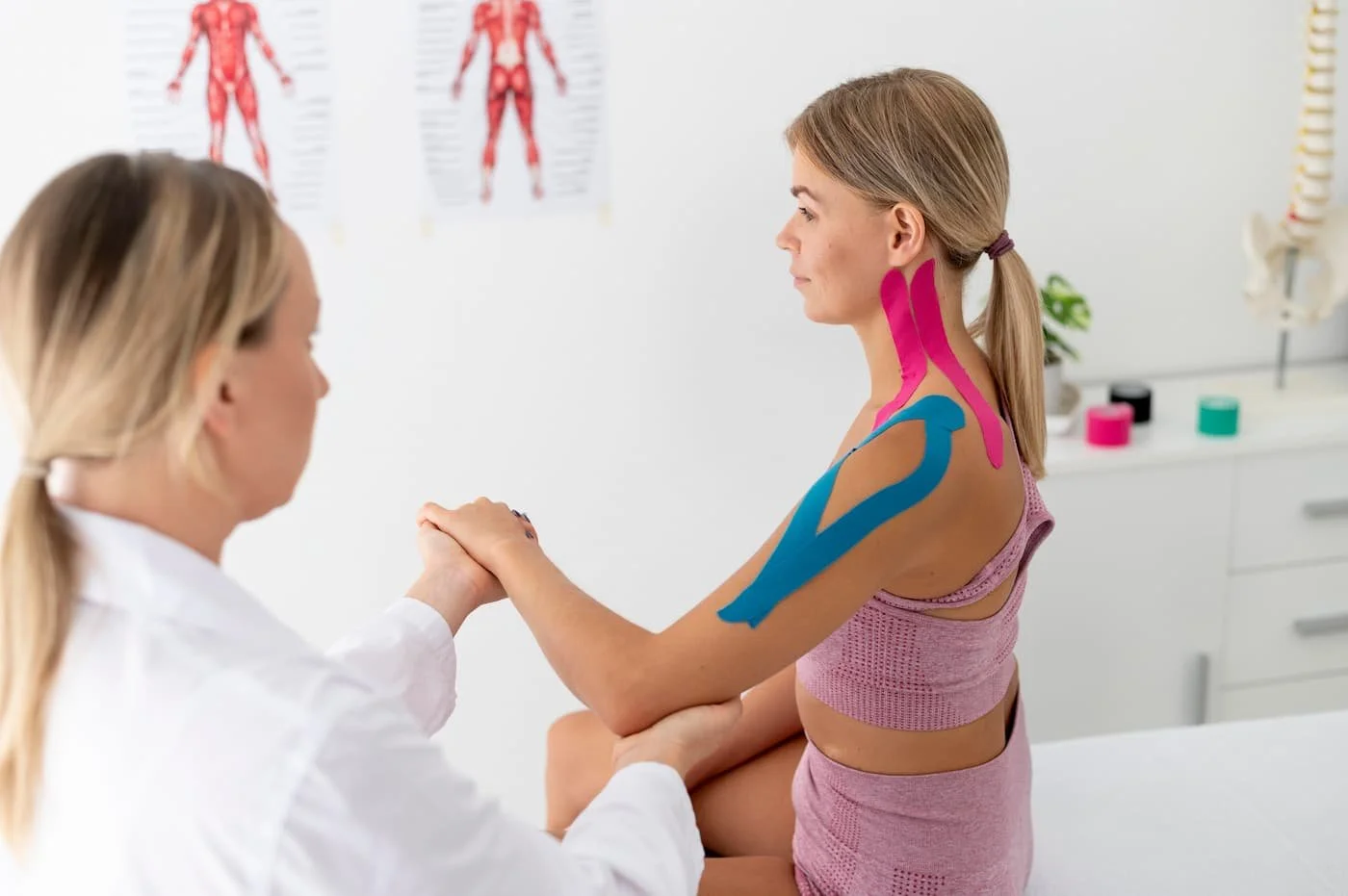Post Shoulder Surgery Rehabilitation: How to Recover Well
Shoulder surgery — whether it’s for a rotator cuff tear, labral repair, shoulder impingement, or arthroscopic debridement — is often just the first step towards regaining a pain-free, functional shoulder. The true success of the procedure depends heavily on a structured and progressive rehabilitation programme. We have put together here a comprehensive look at what post-shoulder surgery rehabilitation typically involves, what to expect during recovery, and tips for a smoother return to daily life.
Why Rehabilitation Is Essential After Shoulder Surgery
The shoulder is a highly mobile and complex joint. Surgery, while repairing damaged structures, often leads to stiffness, weakness, and limited range of motion due to immobilisation and soft tissue healing. A carefully guided rehabilitation plan helps to:
Restore joint mobility and flexibility
Strengthen the surrounding muscles
Reduce pain and inflammation
Prevent stiffness or frozen shoulder
Gradually return to daily activities and sports
Skipping or underestimating rehabilitation can result in incomplete recovery, prolonged discomfort, or re-injury.
Phase 1: Protection and Pain Control (0–6 weeks post-surgery)
Phase 1 exercises involve passive motion to the shoulder. The aim in this phase is to maintain motion in the shoulder to prevent stiffness whilst at the same time, protecting the repaired tissues, manage pain, and prevent stiffness in other joints.
Each of these exercises should be done 10-20x, 2-3 times per day. They can be done standing or lying down
■ Fist pumps: This helps maintain mobility in the fingers and help with reducing swelling in the arm
■ Active elbow flexion: This is to avoid stiffness in the elbow whilst in a sling. The shoulder should not move whilst performing these exercises
■ Pendulum exercises: Stand and bend forward at the waist holding a table or chair with the unaffected arm, leaving the operated arm hanging loose. Gently move the shoulder in small, circular motions
■ Forward elevation: Using the other unaffected arm, elevate the shoulder to 90 degrees or as much as possible and hold for 10s
■ Chair stretch: An alternative will be the chair stretch. Hold onto a chair and walk backwards. Lean forwards and feel the stretch on the shoulder. Hold for 10s
■ Stick exercise: Any umbrella or stick will suffice. Use unaffected arm to move operated shoulder to 30 deg, and hold for 10s
Exercises or Movements to Avoid at this Phase
It is important to avoid any active shoulder movement such as lifting arm away from the side on its own during this Phase 1 period. It is strongly recommended to wear arm sling at all times (including sleep), except for dressing, showering and exercises.
Phase 2: Gentle Range of Motion (6–12 weeks)
Phase 2 exercises involve active motion to the shoulder. The aim in this phase is to start early strengthening of the shoulder without the use of resistance or weights. Pain-free progression is key — discomfort is expected, but sharp pain should be avoided.
Each of these exercises should be done 10-20x, 2-3 times per day. They can be done standing or lying down
■ Extension: This will be easier initially with the use of a stick. Extend and hold for 10s
■ Internal rotation: This will be easier initially with the use of a stick. Extend and hold for 10s
■ Forward elevation: You can do this standing or lying down. Lying down will be easier initially as gravity can assist this motion. Hold for 10s
■ Table slide: Lean forward on the table and hold for 10s
Try doing some normal daily activities can also help to maximise functional recovery. These daily activities can be showering, combing hair or even drinking coffee.
Exercises or Movements to Avoid at this Phase
There should not be any use of weights or resistance bands at this stage. Strengthening will only start after 3 months. The arm sling can usually be weaned off at this stage.
Phase 3: Strengthening and Functional Training (12–16 weeks)
At this Phase, you can progress to more intensive exercises to restore full strength, flexibility and endurance. You may gradually return to work and sports as approved by your surgeon.
Activities such as active range of motion exercises, light resistance band and dumbbell exercises for rotator cuff and scapular stabilisers. Activities can also include functional tasks like reaching, lifting light objects, and grooming. This phase helps the shoulder adapt to daily tasks again.
Phase 4: Return to Full Activity (4–6 months and beyond)
In this final rehabilitation phase, we aim to regain full shoulder function and return to work, sports and hobbies.
Activities in this phase are advanced strengthening and endurance exercises. While full recovery can take up to 6-12 months, especially for overhead sports and heavy labour, most patients were able to resume their daily activities and sports without restrictions.
Post-shoulder surgery rehabilitation is a critical component of your recovery journey. A structured, personalised programme tailored to your surgery type and goals ensures a safe and steady return to daily life and physical activities. Partner closely with your orthopaedic surgeon and physiotherapist to maximise your recovery outcomes.



